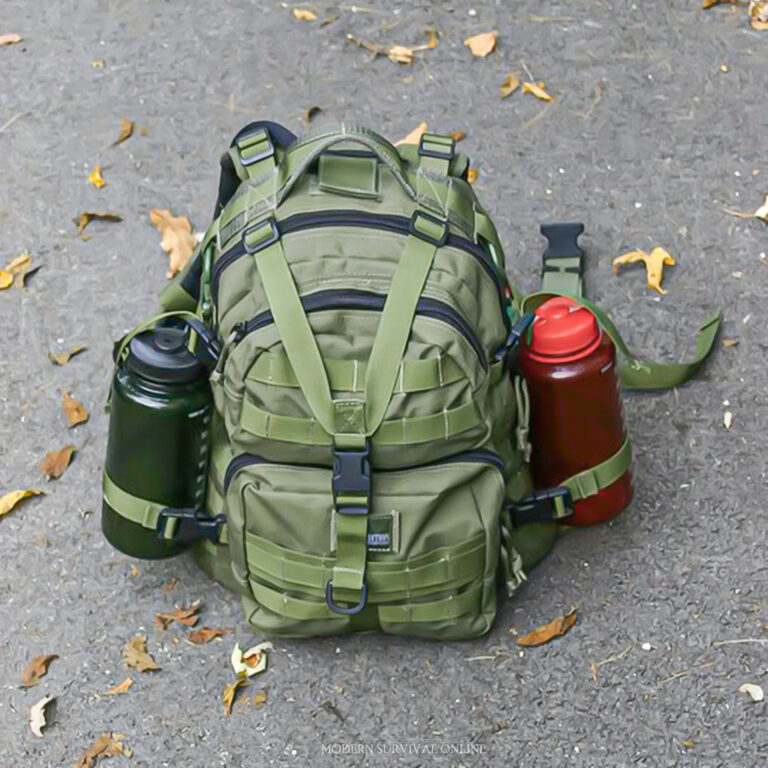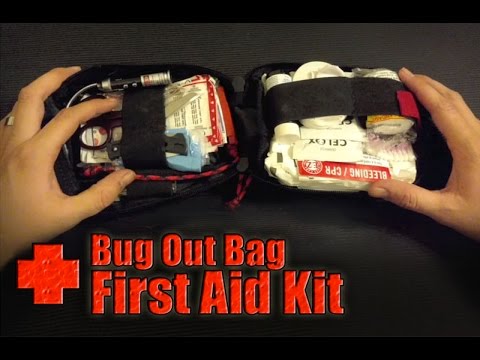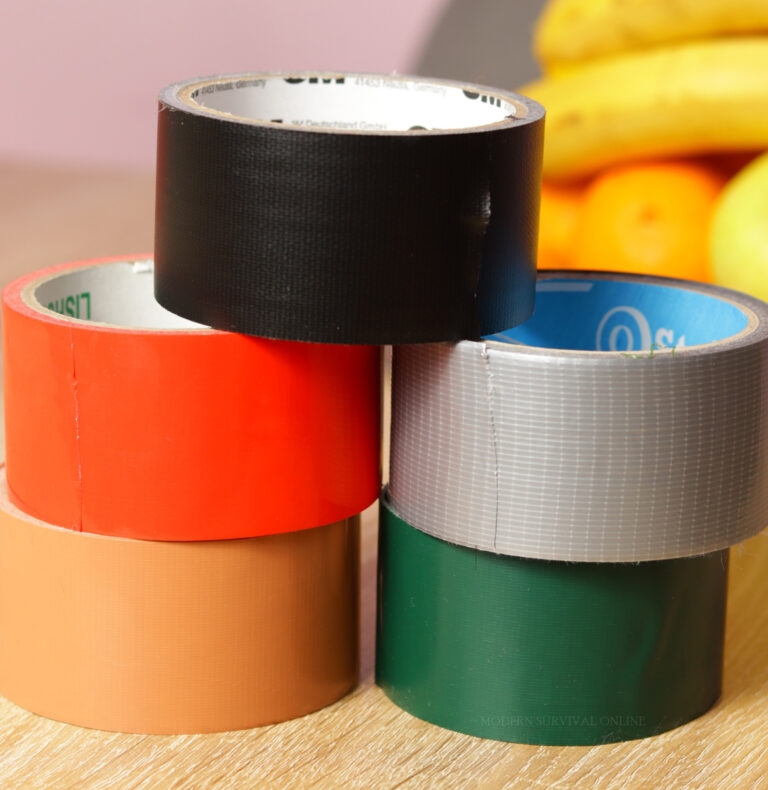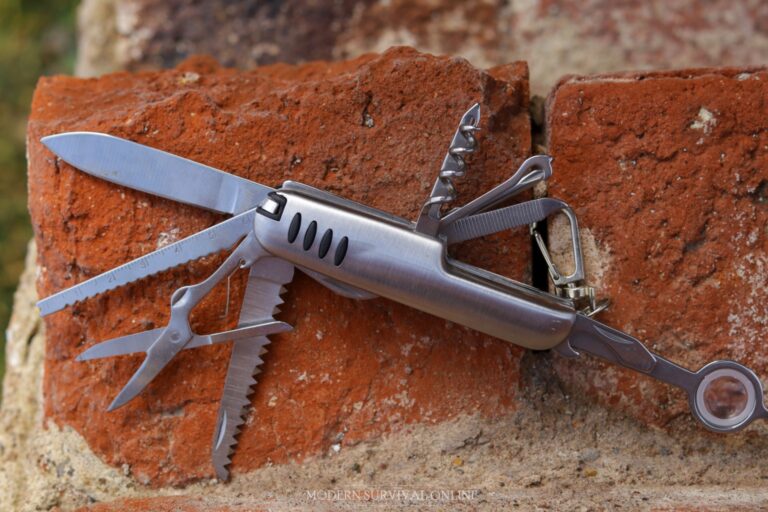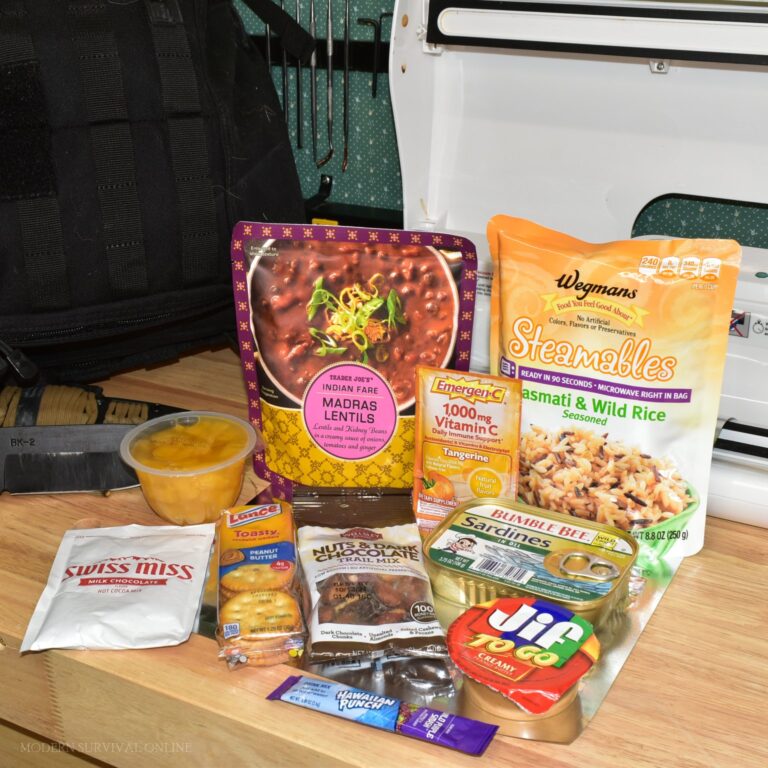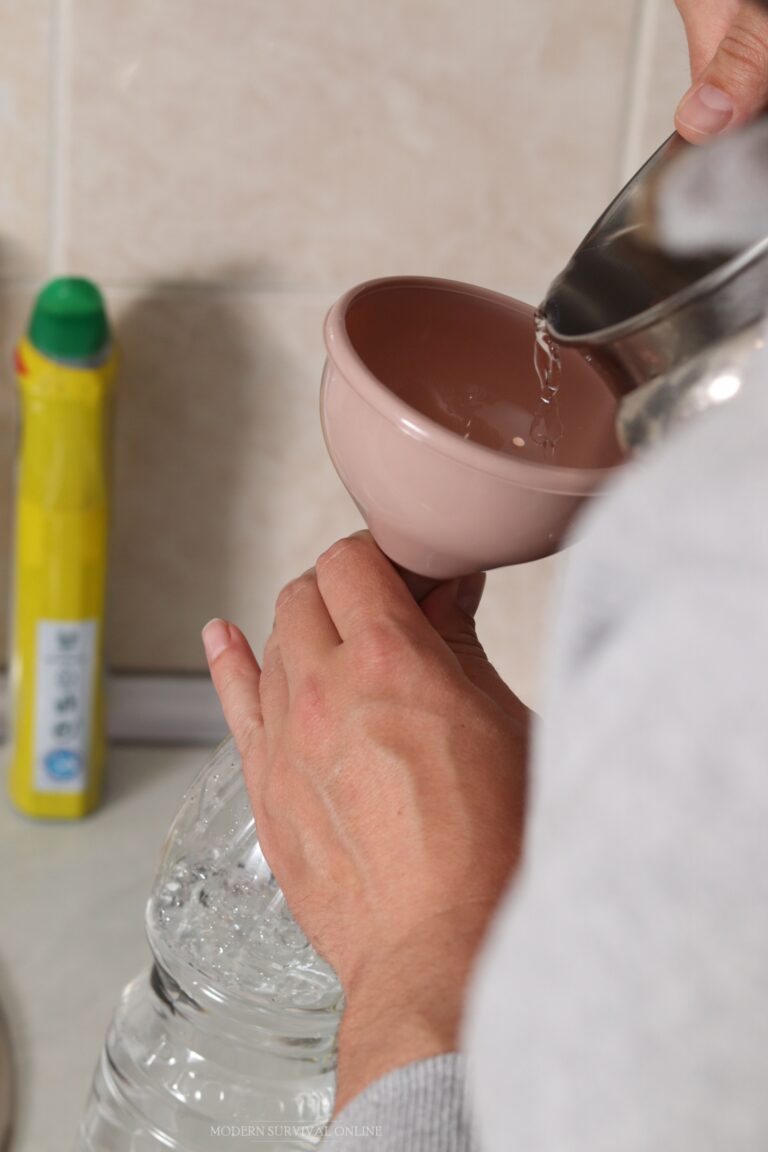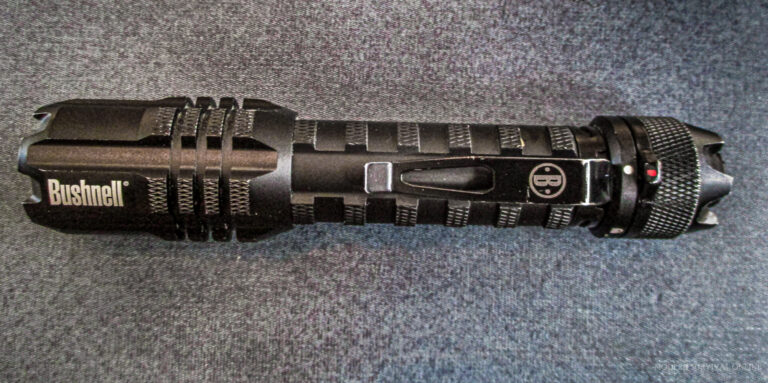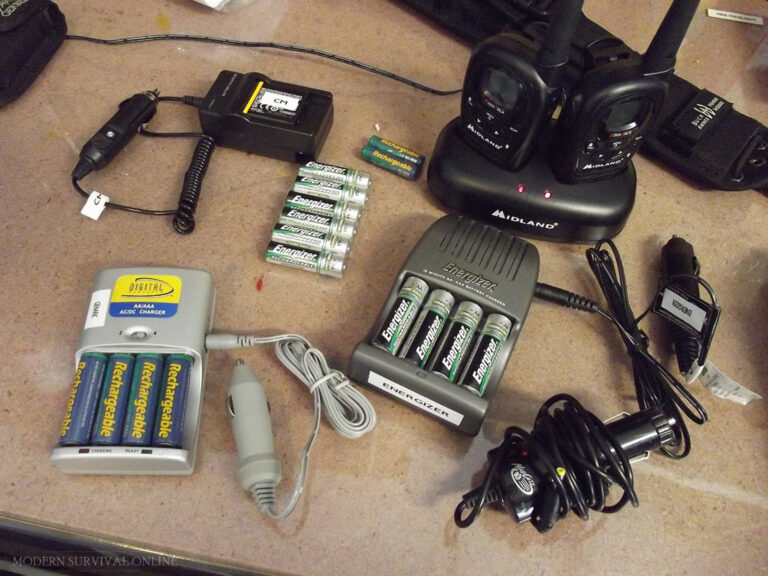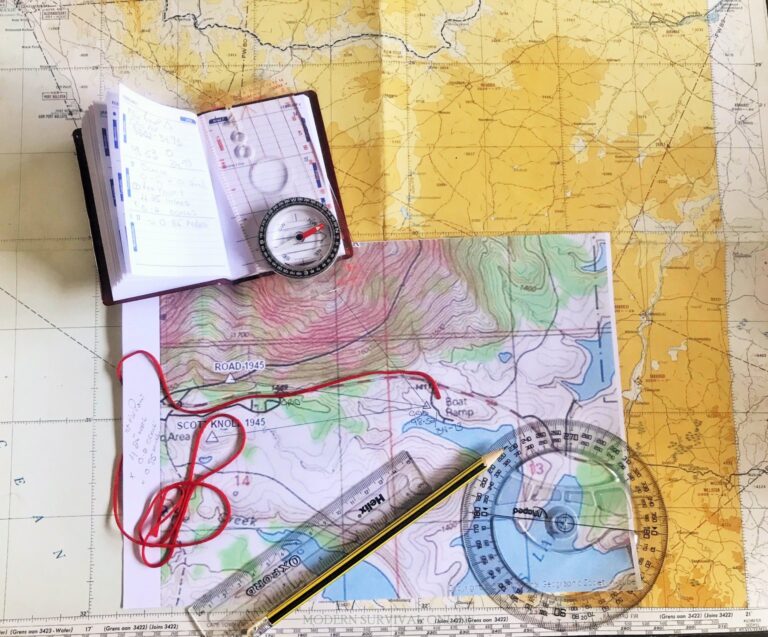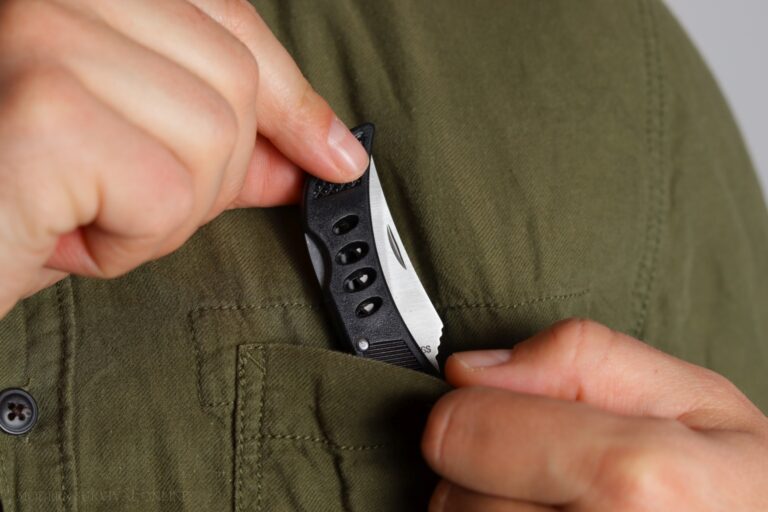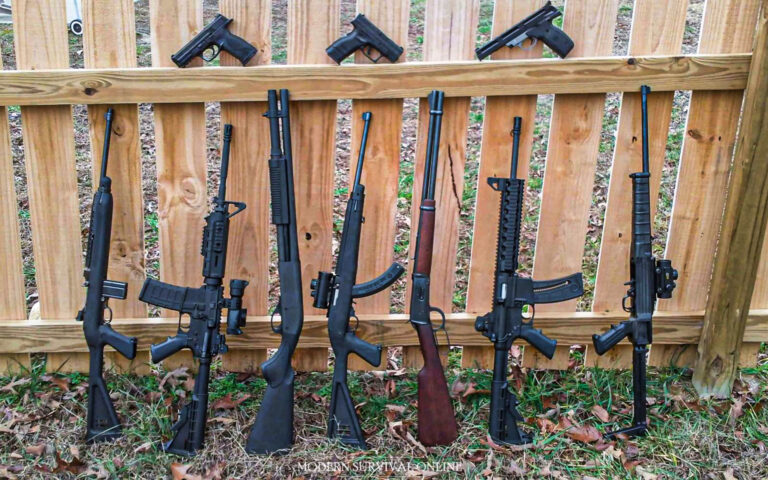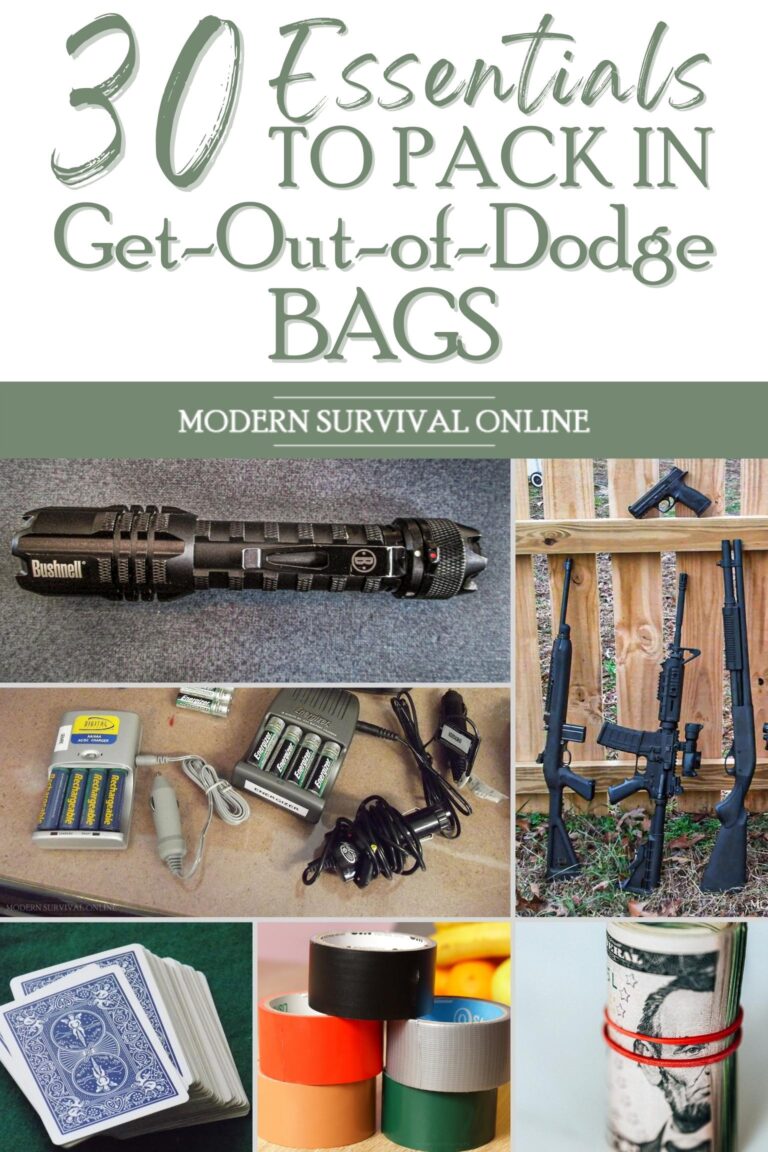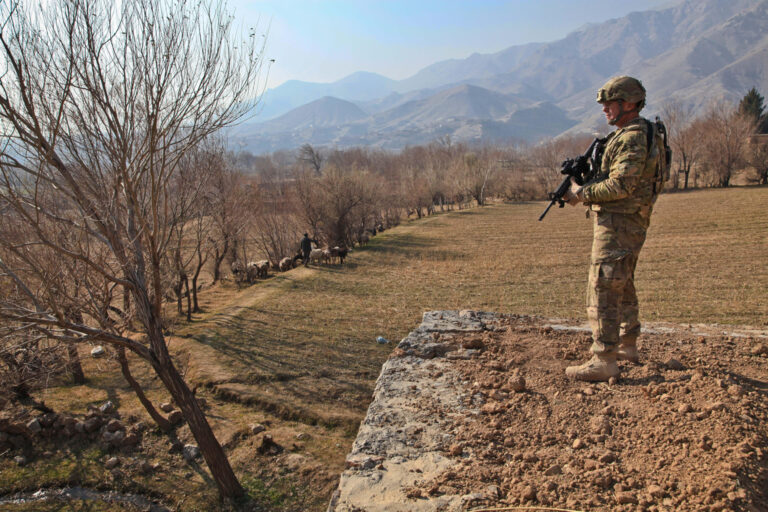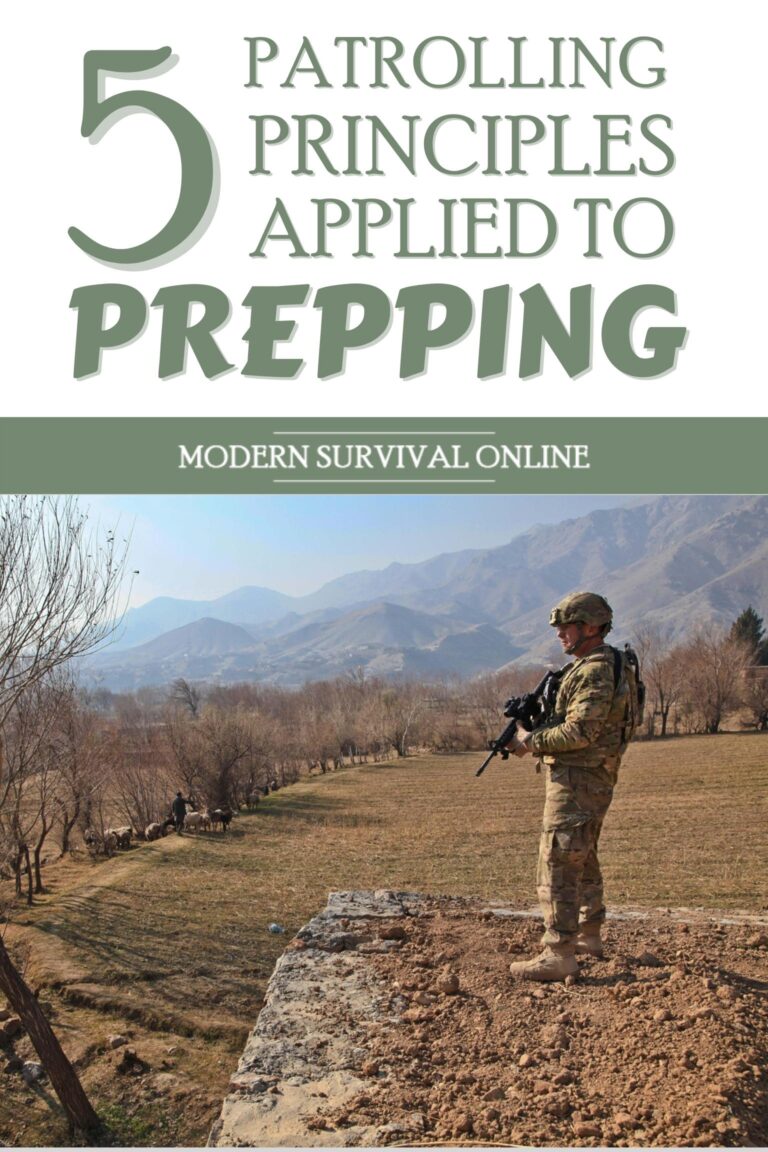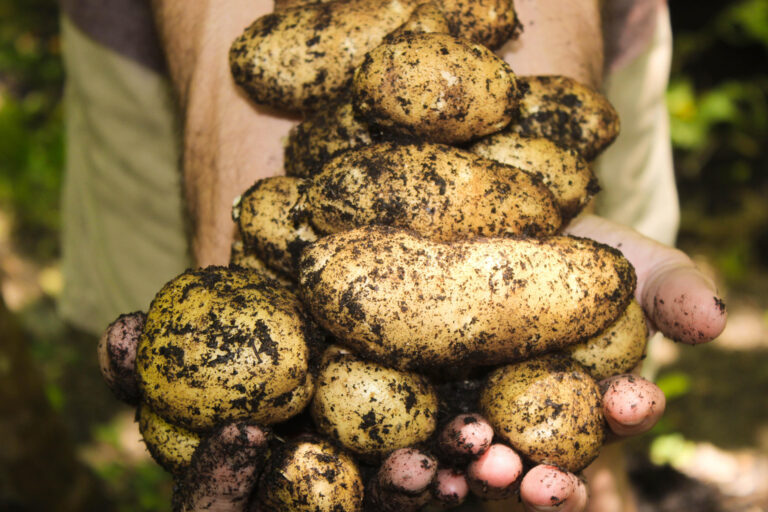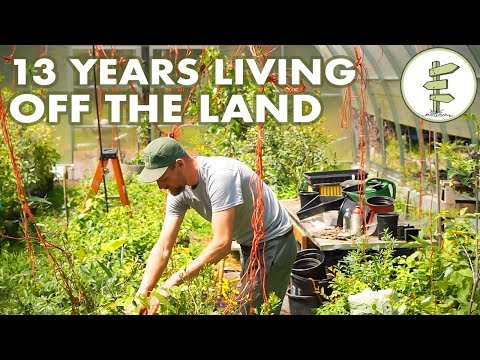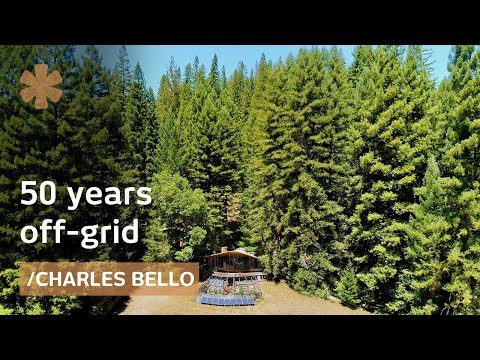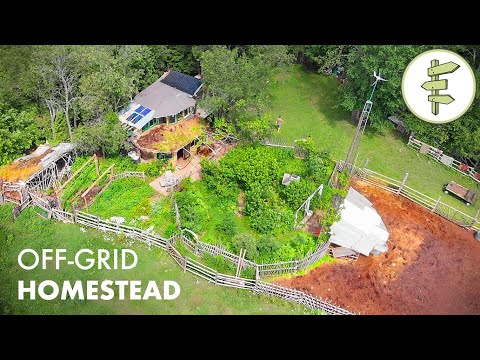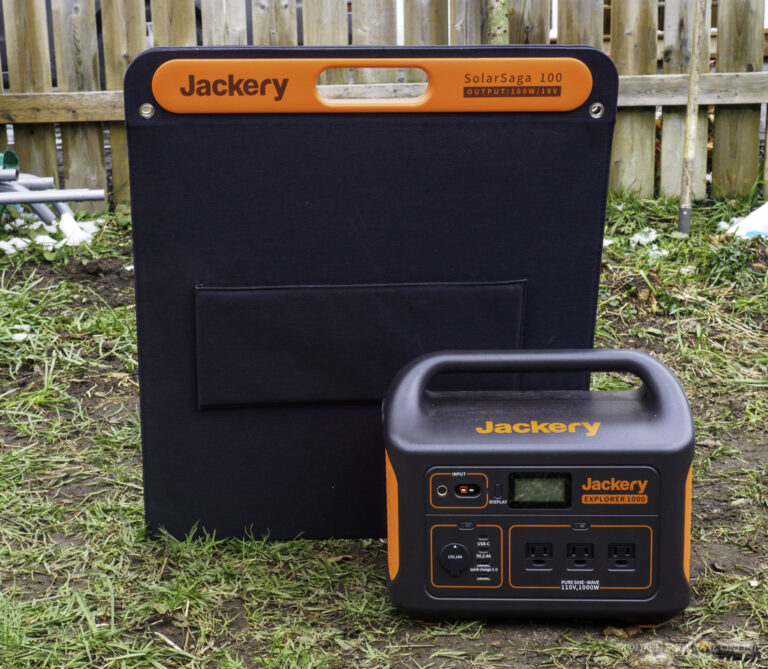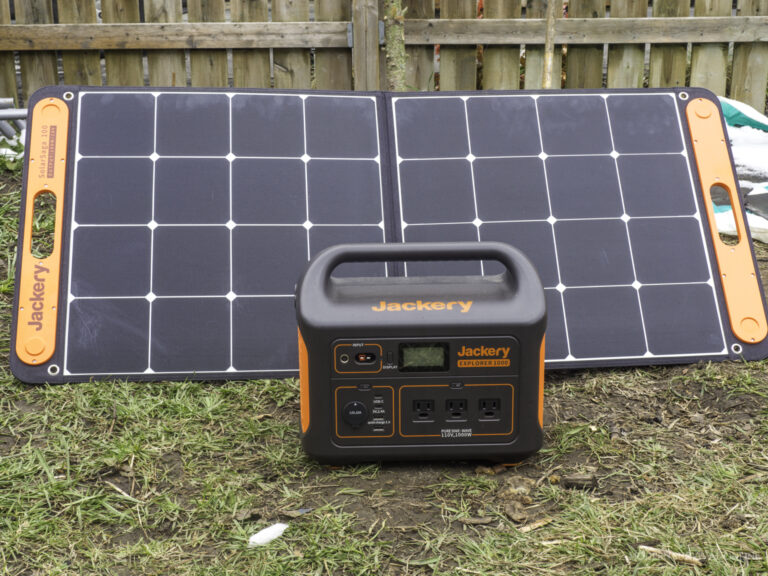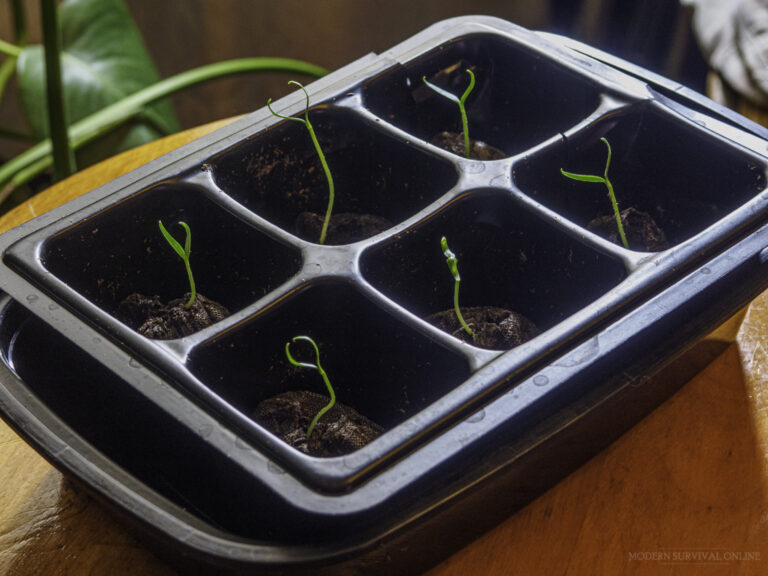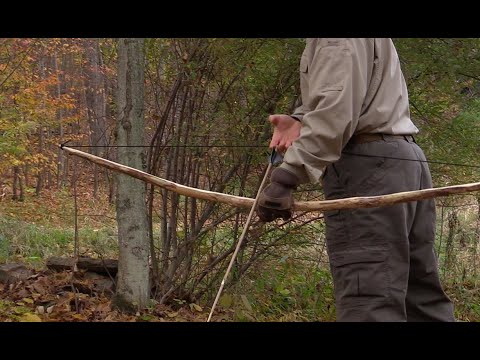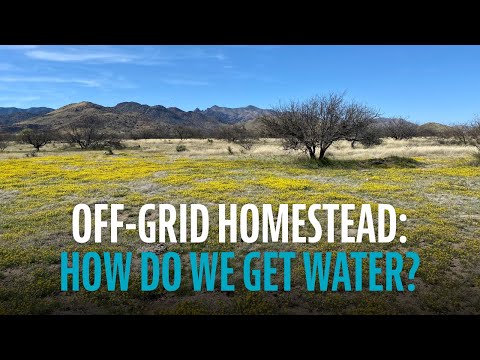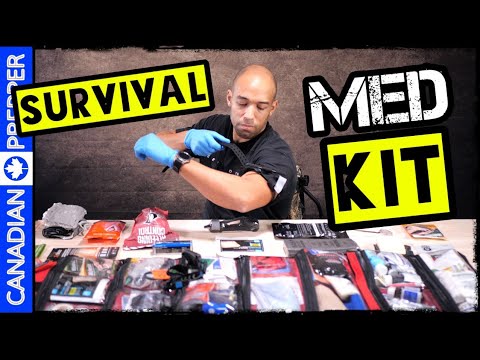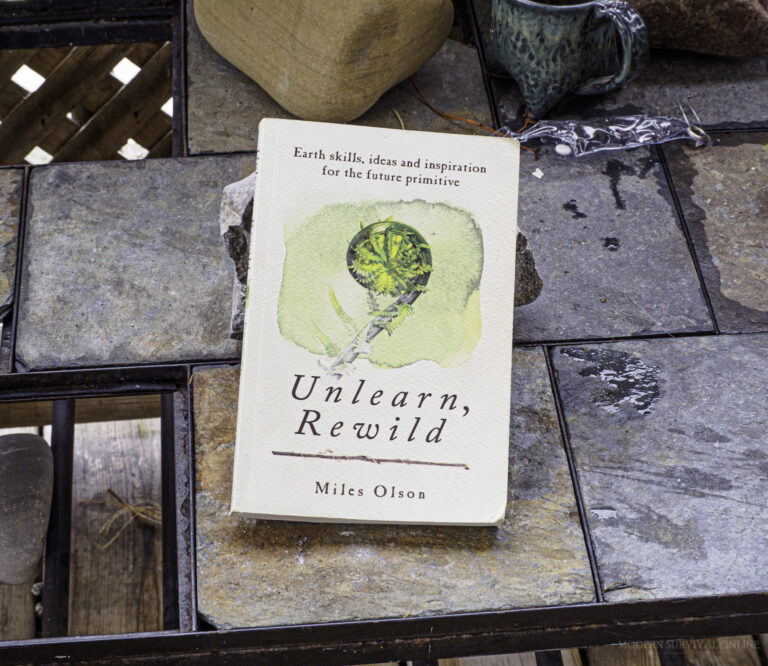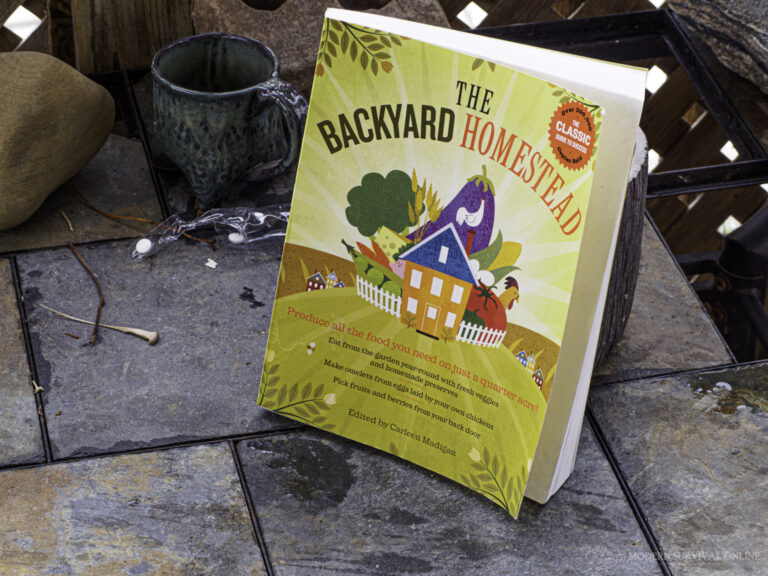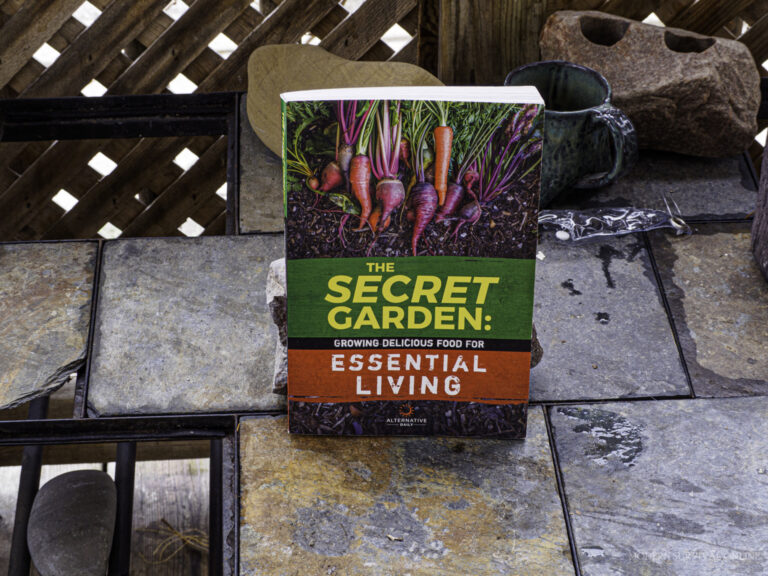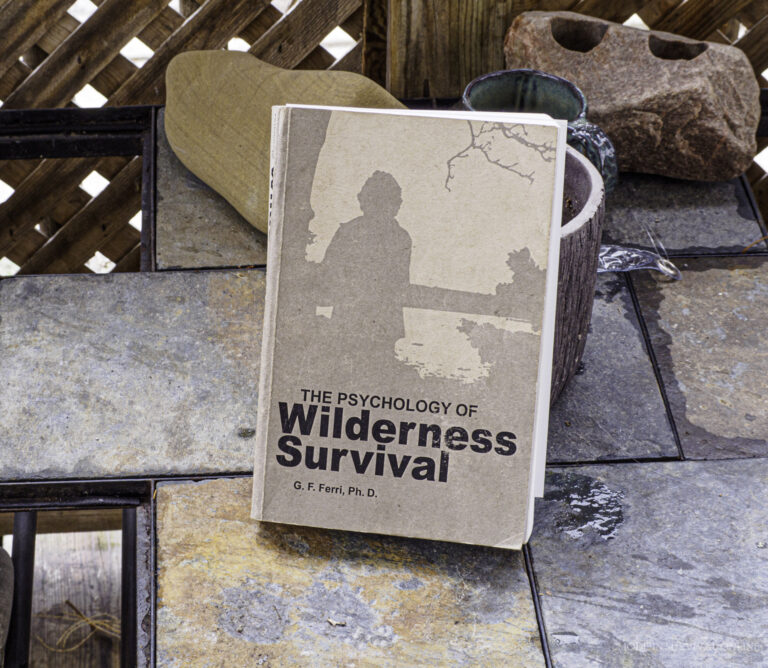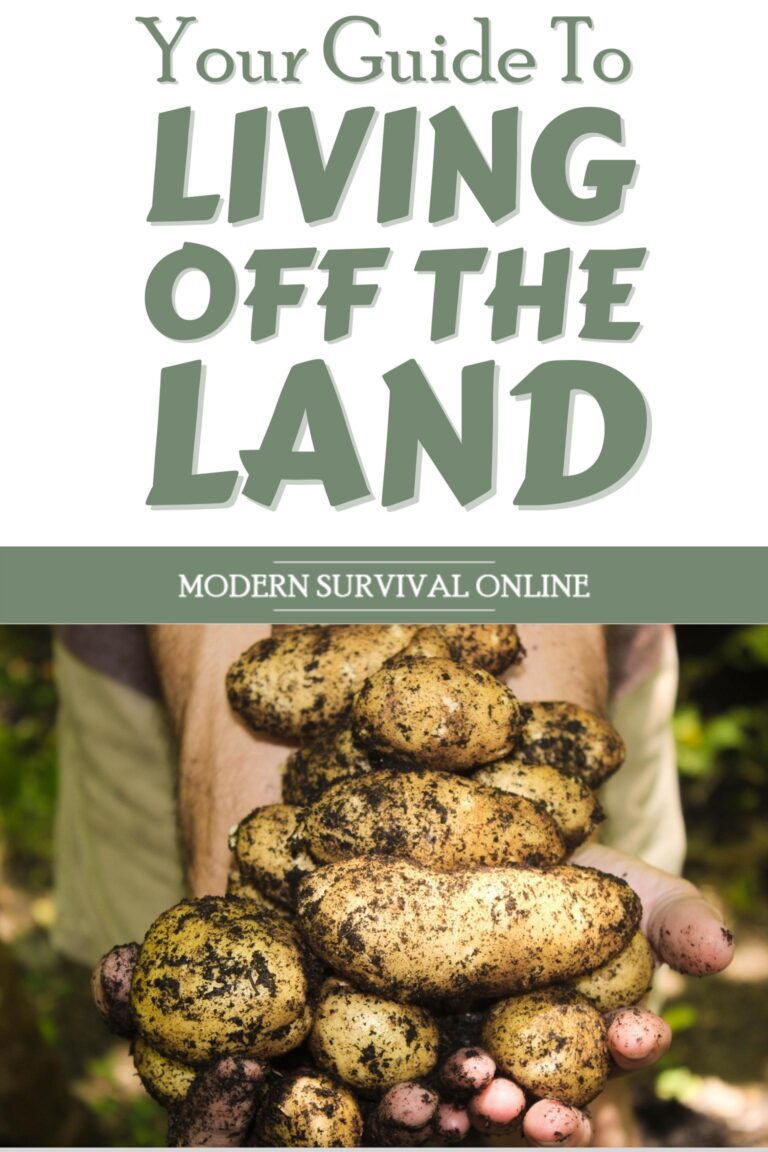Furniture is one of those things that you take for granted until it is gone. Everyone who heads into the woods on a hunting or camping expedition and is forced to sit on a log, boulder or the hard yet strangely soggy ground knows what I’m talking about.
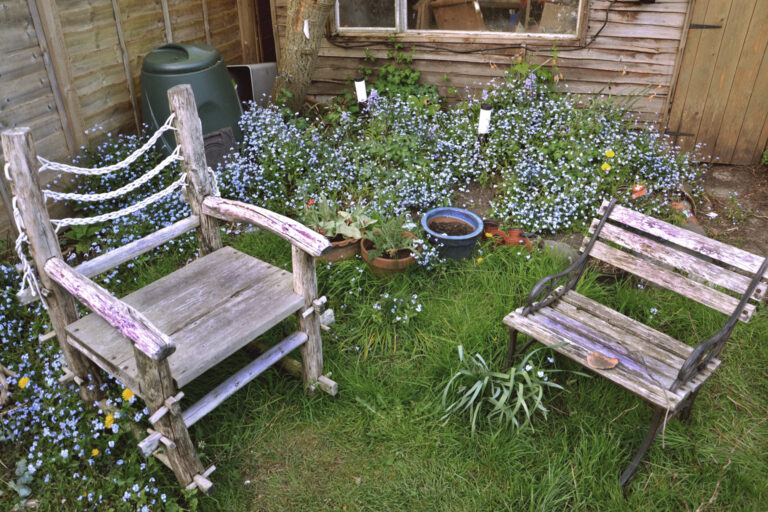
Furniture helps us rest more comfortably but also organize our belongings and even keep our tools ready for use.
It is a technology that we are so inured to in daily life we almost take it for a landscape feature unto itself. Chances are good that will no longer be the case in the aftermath of a major disaster.
Between forced evacuation and the likely or even probable destruction of your home, the furniture that you utilize day in and day out might be history along with a sizable amount of your other possessions.
That means that in a long-term survival situation you might actually have to repurpose or create new furniture if you want to make use of it.
It is far from a luxury, as having the right furniture will allow you to rest more comfortably, be more productive and even protect important supplies and equipment.
To help you achieve this we are bringing you 10 awesome survival furniture ideas that anybody can make with just a little bit of effort.
You’ll Always Need a Place to Sit
I understand if you think the concept is laughable at first. You’re going to have a thousand and one things to worry about in the middle of any long-term survival scenario, and I am asking you to consider what you’re going to do about furniture?!
I get it, it sounds mildly ridiculous on the surface. But if you’ll give me just a minute, I think I can make a case for it and you might see that this is something that is overlooked by a great many preppers.
As I mentioned above, furniture is in itself technology. Technology helps us do things, and typically get work done in a faster and more efficient way, whatever the task might be.
When you lay down at night to take a rest or take a load off in your favorite chair, that rest is made more meaningful by the furniture you use for the purpose.
Similarly, gathering around a table to share a meal, unroll a map or work on a broken tool is done at a table top, an effective work surface.
Specialized furniture contributes daily also. There isn’t a proper alive that doesn’t have a small mountain of gear and supplies. Do they keep it strewn about all willy-nilly on the floor?
Of course not, or at least the huge majority don’t, they have it stored on shelves to keep it organized, out of the way and easy to reach.
The point is this. No matter what you are facing, and no matter what has happened, in the aftermath of some cataclysmic event that sees you living in a legitimate post SHTF environment, you will still need furniture in your day-to-day life.
This isn’t to say you’ll worry about it right away, but where life goes on and civilization endures you’ll need furniture.
For that reason, it is a good idea for you to know how to make your own quickly and efficiently, or at least know what you can repurpose in the interim.
All of the plans and ideas on the list below will allow you to do just that.
10 Great Survival Furniture Ideas Anyone Can Build
All of the furniture plans on the list below have a few features in common. Namely, they are easy to make by pretty much anyone with a modicum of DIY capability and a few select tools, and they are all made from materials that are easily acquired pretty much anywhere if you scrounge a little bit.
This is not to say you will definitely need all of them, but you just might.
If you do nothing else, familiarize yourself with all of them so you’ll understand the concepts and can craft them as you need them should the time come.
All right, time to get on to the list!
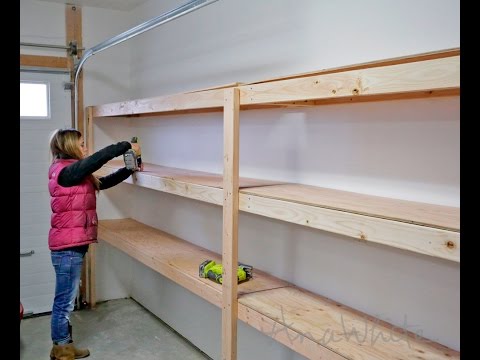
1. Wall Shelves
Every prepper instinctively understands that they can never have enough shelf space.
Piles of ammunition, stacks of canned goods and countless bits, bobs and other equipment will gobble up every available shelf throughout a prepper’s home with no remorse.
Far from being just an organizational asset, shelving is essential for keeping your goods up off the floor and out of your way.
When cabinets and closets fill up, you’ll have to turn to wall shelving.
Wall shelving is adaptable and can be placed pretty much anywhere, and this ingenious variation on a time-tested plan see you making it from strong, readily available scaffolding connectors and frame members. It is almost like an erector set in simplicity!
One thing to keep in mind when installing these shelves, or any other, is that you must take care to securely fasten the mounts themselves to studs in the wall, in case of traditional wood or drywalled construction, or else use appropriate anchors if bolting them into masonry.
Failing to appropriately anchor these wall shelves will result in the shelf and everything you’ve placed upon it, toppling to the ground in a terrible crash once it is loaded heavy.

2. Rack Shelving
For preppers who have large basements, dedicated store rooms, outbuildings or any other voluminous storage space, freestanding rack shelving might be just the thing.
Compared to wall shelves, rack shelving is generally more space-efficient but it obviously gobbles up more otherwise usable floor space, making it a better choice for dedicated storage spaces.
These freestanding rack shelves are strong and durable, suitable for being loaded down heavily with weighty supplies like ammunition, canned goods or anything else that could put a wall shelf to a severe test.
Like the wall shelves above, these are easily made from commonly sourced materials and fasteners, and you need hardly any carpentry experience whatsoever to properly execute them.
As always, the frame is only one essential component, but the shelves, or decking, itself is another. Make sure you don’t skip out on that part so your shelves don’t bow or break in the middle.
You should also take pains to securely anchor your shelving units to reduce the risk of them toppling over. The domino effect disaster is very real, and can also be dangerous to adults and children alike.

3. Indoor/Outdoor Seating
Sitting down to take a load off or concentrate is essential for preserving energy levels and relaxation just the same.
Compared to sitting on the ground or sitting down on the floor, sitting on a comfortable, sturdy seat of some kind is welcome if small luxury.
It is something of cruel irony, then, that chair making is actually a fairly sophisticated carpentry task and one that most will not be able to execute without prior experience.
Luckily we have just the plan for that. This sturdy, multi-purpose bench works just as well inside as outside.
Outside, it could be the perfect thing to set on a patio or in a garden without having to worry about exposure to the elements.
Inside, it will be just as much at home in an entryway or mudroom and even has storage beneath for footwear or a couple of dog bowls.
Best of all, this plan makes use of pallet wood, but not the way you’re thinking. The pallets are cut down to size more or less intact, and the existing structure of the palate lends its strength to this strong bench.
Most pallets are naturally resistant to weather and wear and tear and are perfect for this project since they are available literally everywhere.

4. General-Purpose Rectangular Table
It is hard to imagine getting through life without a smooth, level work surface for so many tasks we engage in every day.
We gather around the dinner table, plop down at the workbench, and put our heads together around a meeting table and so much more.
Tables give us a convenient place to work or rest our arms when seated, and you’ll never want to go without them when living in one place for a prolonged period of time.
This table design is simple, sturdy and adaptable to any size and virtually any application.
Like so many plans on this list it does not rely on any significant carpentry skill, specialize in materials or even much in the way of supplementary fasteners.
At least the frame does not. That part is made from stock lengths of piping with the appropriate connectors to adjust the width and length.
The top is another matter entirely, and you can use pretty much any scrap wood that you can come up with from plywood to pride up wooden planking from a destroyed deck.
Just try to make sure that the pieces are plumb and level so you don’t have to worry about anything sliding or rolling off of your tabletop!
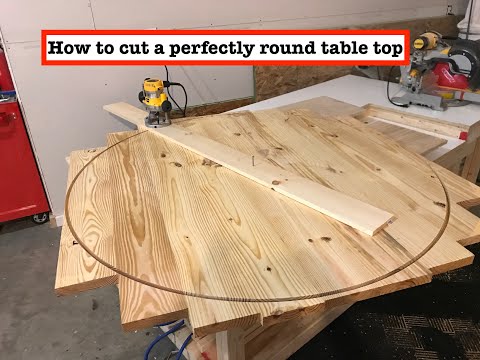
5. Round Table
Maybe square tables aren’t your thing. Maybe you prefer round tables or need an additional table, perhaps something smaller than a giant, rectangular farmhouse sort of table.
In that case, we have just the plan for you and it even better, this plan essentially requires no real work aside from procuring the components, or rather the component!
As you’ll be able to instantly tell when you click the link above, this table is nothing more than a giant commercial-sized cable spool flipped up onto its side.
Maybe it is serendipity, but they are just the right diameter and just the right height to be used as a medium, round table. The only difficulty you’ll have is procuring the cable spool because they don’t exactly grow on trees.
Not to worry, you can check any big-box Home improvement stores, local hardware stores, construction sites, contractor supply houses, warehouses of electronic components, and much more looking for them.
Many retailers especially don’t want to mess with them at all and we’ll be happy to cut them loose if you can haul them away. Unless you live close, you had better go with a truck because the only way to move them easily otherwise is to roll them along the ground.
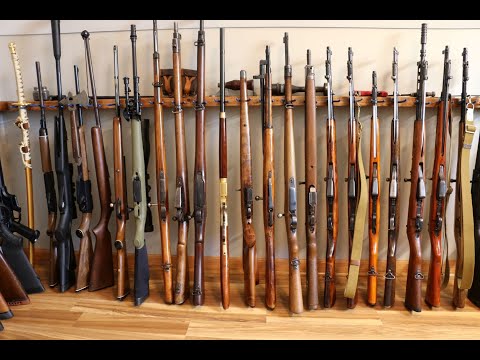
6. Gun Rack
If you have guns, and what prepper doesn’t, that means you’ll need a gun rack if you want to keep them nearby and handy without letting them prop dangerously up against a wall or keep them strewn about on any nearby, level surface.
Handguns are simple enough to keep handy, pardon the pun if you can keep them holstered on your build but a slung long gun still gets in the way pretty bad.
You won’t always need to keep your long gun in hand when working around the homestead, and a gun rack, either one on the floor or mounted to the wall, is just the ticket for keeping multiple long guns stored in a compact footprint while remaining easily accessible at a moment’s notice.
This traditional gun rack is purely functional and lacks any embellishments that are typical of classic, wooden racks of this type.
The good news is it works just as well as a fancier one and can be made from pretty much any wood you can lay your hands on. A little bit of sawing is really all it will take to crank out this handy rack.
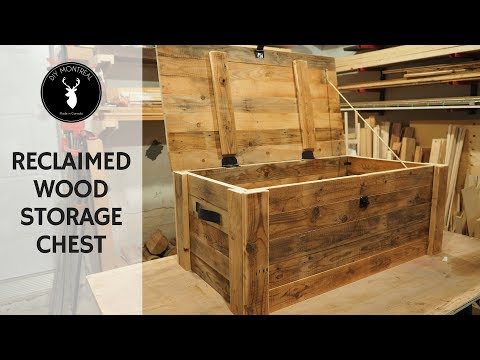
7. Storage Chest
Storage is about much more than organization. Proper storage helps protect equipment and prolong the shelf life of supplies.
It is no wonder then that we preppers are always fussing over it. We use all sorts of containers for storage, from airtight plastic kitchen containers to heavy-duty, injection-molded fiberglass transport cases and everything in between.
However, one of the oldest storage containers used by mankind that is still useful today is the wooden chest.
You don’t need to be burying treasure to see the value in a strong chest. A chest will keep most pests away from your goods and sticky fingers off of your things.
Durable enough for transport and easily adapted to security features such as locks it is no wonder that the chest remains a viable option for storage today.
Unlike collectible examples that go for big bucks at antique malls and flea markets, a basic chest is relatively easy to make from common would in a few other components.
Compared to other projects on this list, you’ll need to invest a little bit more in following instructions and ensuring precise cuts unless you want a janky, lopsided box, but this is a small price to pay for a container like this.

8. Camp Stool
Sometimes you need seating that you can take with you without unduly burdening yourself. A perfect example of furniture designed for portable, field use is the traditional tripod camping stool.
Modern examples fold up ingeniously using an assemblage of rods, sliders, and seemingly a million fasteners but you don’t need to commit to one of these contractions in order to get the same performance.
Using nothing more than some thick wooden dowels and a triangular patch of sturdy cloth or heavy leather, you can whip together your own folding camp stool that will break down into a compact bindle suitable for lashing to the outside of your pack or tossing in the back of a vehicle.
A little bit of precise drilling is required to execute this plan, but it is nothing that most people cannot handle, even when using a hand drill.
It might not look like much, but I promise you it is a far sight better than sitting on the damp grass, on a sticky log or stump or on a boulder that is probably swarming with ants.
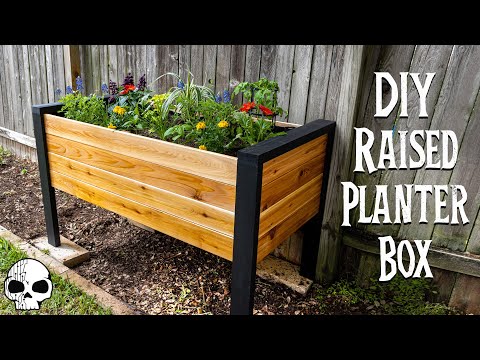
9. Raised Planter
Some furniture is destined for outdoor use. Especially in hard-working environments like your garden, furniture can help you stay organized, minimize wasted energy and even prevent aches and pains so often part and parcel of that kind of work.
Bending over, squatting down, kneeling and other work that brings you low to the ground will take its toll on your muscles and joints, and the more of that we can prevent the better I say.
Even something as simple as a raised, Cascade planter like the one linked above can help you garden more efficiently and hopefully keep those aches and pains at bay.
Compared to decorative examples that you might purchase from your local nursery, garden center or home improvement store this one is decidedly plain but that is kind of the point after all.
It is easy to make from easy-to-find materials and it will do the job of holding various plants and keeping them up near your workspace.
This is another plan that goes together easily with a minimum of fuss and is easily crafted using the most basic hand tools.
Depending on where you live, the most difficult thing to find might be a few suitable fasteners that are corrosion.
Remember, soil holds moisture and any fastener that is exposed to moist soil will quickly corrode if it is not of sufficient grade or finishes.

10. Indoor/Outdoor Hammock
Sometimes you just need to stretch out and really take a load off. For that, indoors or out there is hardly anything more comfortable or more relaxing than a gently swaying hammock.
It is such a shame, then, that commercial examples of hammocks usually sell for hundreds of dollars. I’ll never know how these companies figure out a way to fetch several Benjamins for what is ultimately about $50 in middle tubing and stout fabric.
This is one project that you might want to embark on even before the end of the world if the idea of a hammock in the backyard appeals to you.
Made from the same sturdy scaffolding piping we used previously on one of our shelving projects above, you can easily craft the frame of the hammock by screwing the parts together and then securing them with the appropriate pieces.
The hardest part of this build is coming up with the correct length and strength of fabric for the hammock itself. Not to worry though, as a little bit of careful searching combined with some appropriate knotting will soon produce a hammock worthy of a king!
Conclusion
There is an awful lot you’ll need during a long-term survival situation, but one thing that is easy to forget about is furniture.
That might be the last thing on your mind, but having the right furniture around can make your work easier and your rest more comfortable.
The plans and resources mentioned above will allow you to easily and quickly construct your own furniture or repurpose found materials to serve as furniture so you can get on living.
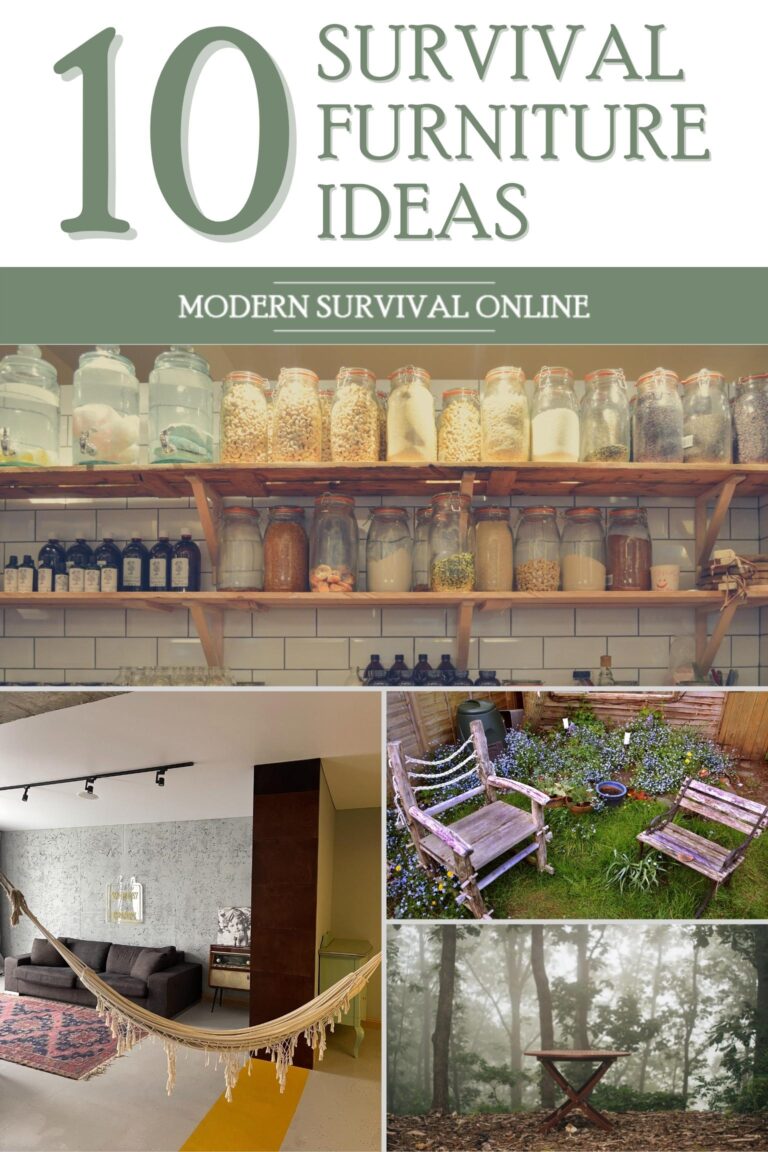
via Modern Survival Online https://ift.tt/tWNH7hX
